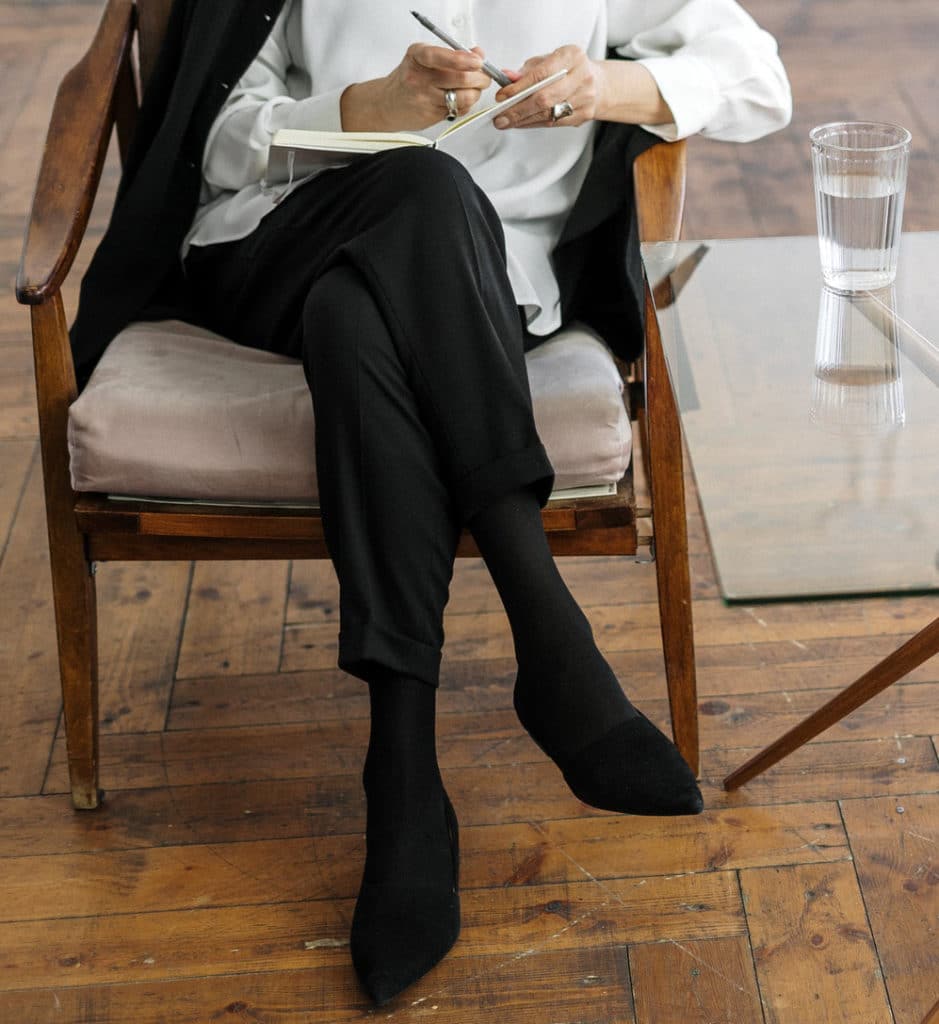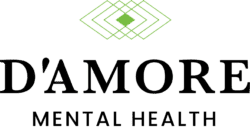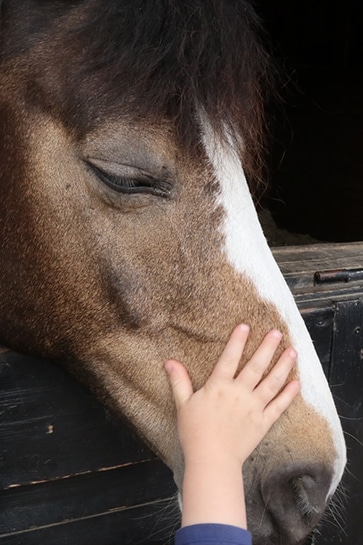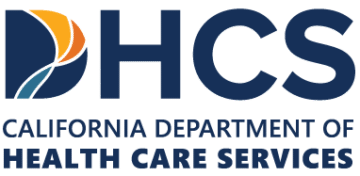
Partnering With D'Amore
Our mental health professionals at D’Amore Healthcare analyze your entire medical and psychological history prior to receiving treatment. Since no two mental health issues are exactly the same, we use individualized treatment plans custom to your needs. Our residential mental health treatment center in Orange County provides a safe and comfortable environment with around the clock care. We are pleased to offer equine therapy and have witnessed how working with horses can be effective in treating conditions.
























